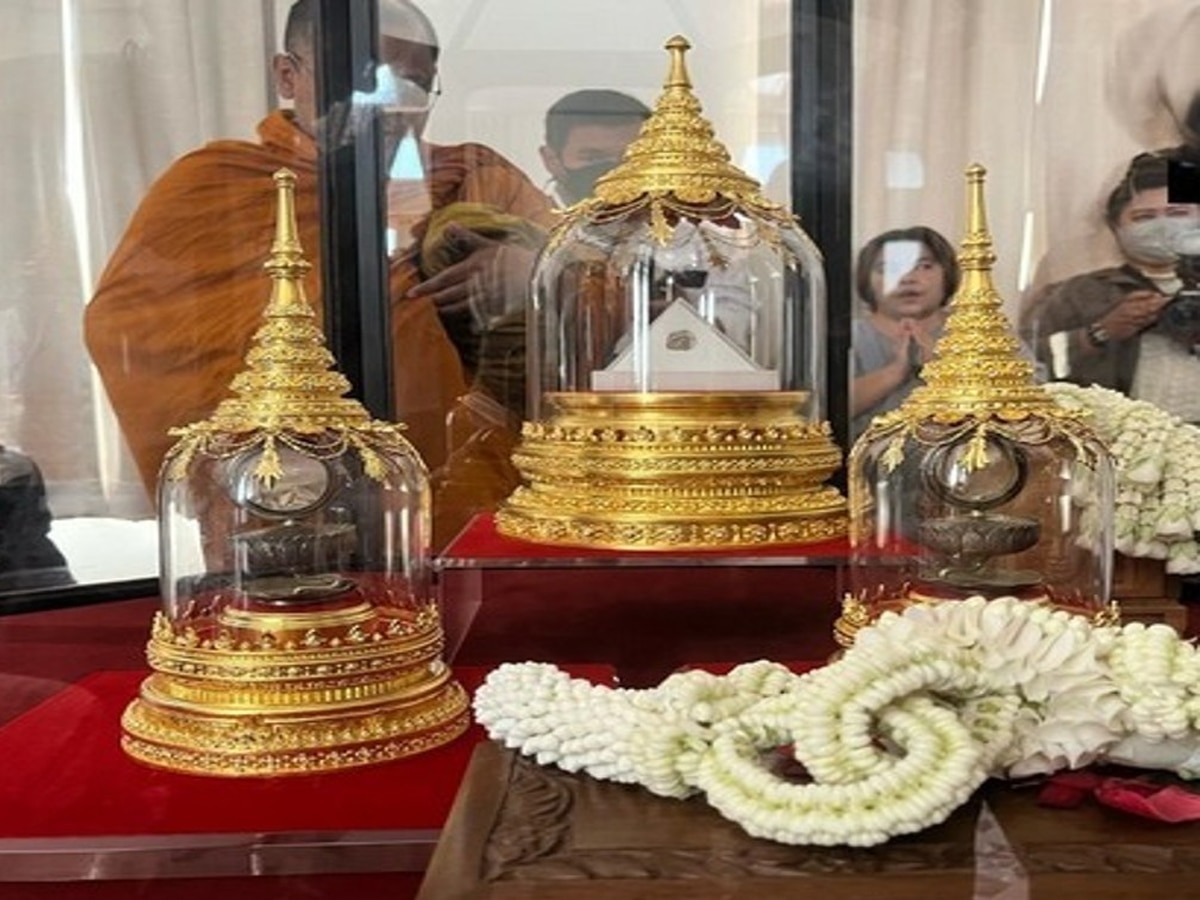
 Unveiling the Essence of Māgha Pūjā: Celebrating Bhagwan Buddha’s Legacy
Unveiling the Essence of Māgha Pūjā: Celebrating Bhagwan Buddha’s Legacy
In the realm of Buddhism, Māgha Pūjā stands as a profoundly significant festival for followers of the Buddhist faith. Also known as the Māgha Pūjā, this celebration occurs on the full moon day of the third lunar month and is observed in Cambodia, Laos, Thailand, and Sri Lanka. The occasion commemorates the spontaneous gathering of Bhagwan Buddha and his disciples in a sacred assembly, also known as Sangha Day in some places.
The Significance of Māgha Pūjā
Māgha Pūjā holds a special place in the hearts of Buddhists, as it marks the remembrance of the assembly between Bhagwan Buddha and his disciples, including Arhat Sāriputta and Arhat Maudgalyāyana. The relics of Bhagwan Buddha, along with those of his two disciples, were sent from India and displayed together for the first time in Thailand.
The Journey of the Relics
These sacred relics, which include the remains of Bhagwan Buddha and his disciples, were transported from India to Thailand for a span of 26 days. This event marked a historic moment, as it was the first time the relics of Bhagwan Buddha and his disciples were exhibited together.
Encounter with Bhagwan Buddha’s Relics
The relics of Bhagwan Buddha and his disciples were divided into eight parts and distributed among various regions, namely Ajatashatru of Magadha, Lichchhavi of Vaishali, Shakya of Kapilavastu, Malla of Kushinagar, Bulij of Alakappa, Malla of Pava, Koliya of Ramagrama, and a Brahmin of Vethadipa. These holy relics were then enshrined in stupas, creating sacred monuments for worship.
Discovery of the Stupas
The search for these stupas led to significant discoveries. In 1898, an excavated casket was found in Piprahwa, near Siddharthanagar in Uttar Pradesh, which helped identify the ancient Kapilavastu. Inscriptions on the lid of the casket narrate the story of Bhagwan Buddha and his community, confirming the presence of Shakya’s relics. Further excavations between 1971-77 unearthed two more caskets containing a total of 22 sacred relics, now preserved in the National Museum.
Māgha Pūjā, also known as Sangha Day, serves as a momentous occasion for Buddhists worldwide. It not only honors the profound gathering between Bhagwan Buddha and his disciples but also highlights the cultural and historical significance of the relics. As devotees come together to pay homage, the spirit of unity and reverence continues to thrive.

 Share
Share



